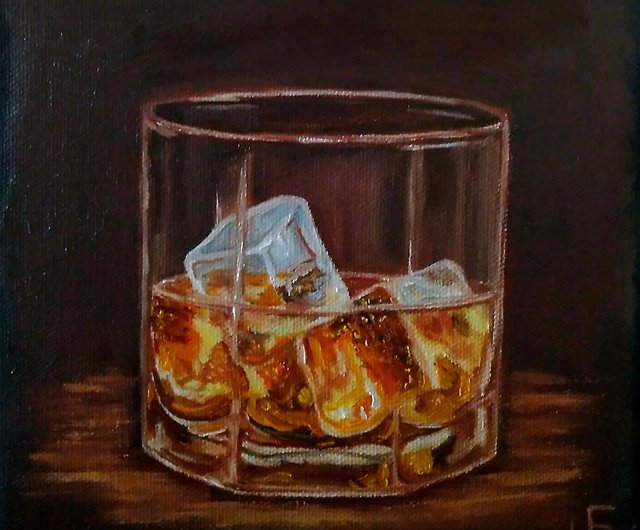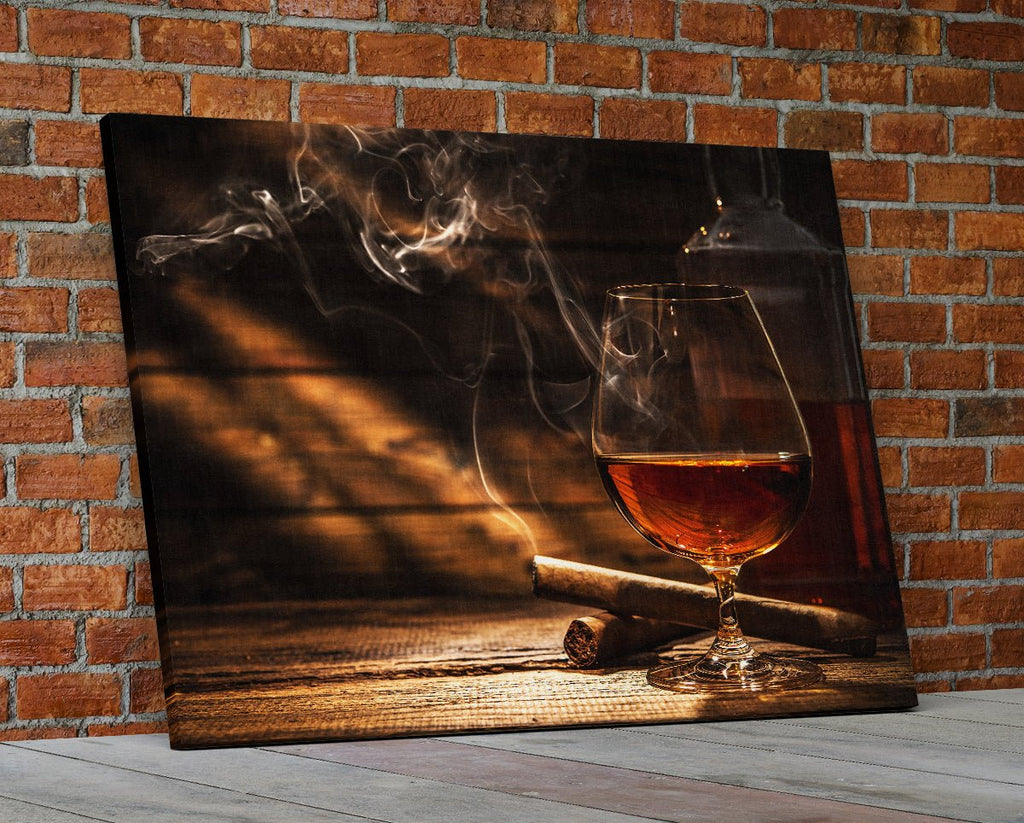Discover the World of Bourbon Art: A Journey Via Society and Craftsmanship
Discover the World of Bourbon Art: A Journey Via Society and Craftsmanship
Blog Article
The Value of Whiskey Art in Celebrating Heritage and Workmanship in the Beverage Sector
The detailed partnership in between bourbon art and the event of heritage and craftsmanship within the beverage sector can not be overemphasized. With thoughtfully made tags and bottles, scotch brands envelop their historic roots and the artisanal skills that specify their manufacturing techniques.
The Historic Origins of Whiskey
At the heart of bourbon's attraction lies an abundant tapestry of historic roots that map back to ancient civilizations. The beginnings of bourbon can be linked to the distillation methods of the Sumerians and Babylonians around 2000 BCE, where early kinds of fermented grain beverages started to emerge. It was in the Middle Ages that the art of purification evolved substantially, especially in Ireland and Scotland, leading to the production of whiskey as we understand it today.
The term "whiskey" itself derives from the Gaelic word "uisce beatha," implying "water of life." This expression highlights the cultural significance of scotch in Celtic cultures, where it was typically linked with rituals, events, and public bonding. By the 15th century, distillation ended up being an identified craft within monastic neighborhoods, leading the means for the establishment of legal distilleries.
As trade paths increased, bourbon's popularity grew, transcending regional limits and recording the rate of interest of connoisseurs worldwide. Realism Art. This historical journey shows not only the craftsmanship behind scotch production however likewise its integral role in social and cultural contexts, marking it as a substantial drink throughout background
Artistic Expression in Branding
Whiskey branding stands as an engaging junction of virtuosity and business, where aesthetic identification plays an essential function fit consumer understanding. The aesthetics of whiskey tags, product packaging, and advertising and marketing products mirror not just the brand name's tale however likewise its core values and heritage. Through artistic expression, distilleries convey a narrative that reverberates with customers, stimulating emotions and sparking connections.
Making use of shade, typography, and imagery in branding offers to distinguish items in a saturated market. For instance, conventional concepts may stimulate a sense of credibility and workmanship, while contemporary layouts can represent development and forward-thinking. This calculated imaginative direction improves brand name recognition and loyalty, permitting consumers to build a personal partnership with the whiskey they select.
In addition, artistic expression in branding usually functions as a party of local heritage. Distilleries frequently integrate regional icons or historic references into their styles, developing a sense of place that invites consumers to take part in a broader cultural experience. Eventually, the virtuosity behind bourbon branding not only enhances visual charm however likewise improves the total story of the brand name, cultivating a much deeper appreciation for the craftsmanship and heritage embedded in each bottle.
Craftsmanship in Bottle Style
The creativity apparent in scotch branding prolongs beyond visual identity to encompass the craftsmanship involved in bottle design. Each bottle serves as a vessel not just for the spirit within, but also for the story it outlines its origin, quality, and tradition. The design procedure requires thorough focus to detail, as components such as material, form, and closure add dramatically to the general perception of the bourbon.
Craftsmanship in bottle layout includes picking high-grade glass that can improve the whiskey's shade and clarity, while also supplying a tactile experience for the customer. The silhouette of the container should be both useful and visually enticing, frequently mirroring the heritage of the brand. Several distilleries select unique forms or printed logos that stimulate a feeling of authenticity and background.
Additionally, the label layout and typography play a vital role in connecting the brand name's narrative. Limited Edition. A well-crafted bottle not just captivates the customer's eye however additionally enhances the brand's dedication to high quality and tradition. By doing this, the craftsmanship of bottle layout becomes a crucial facet of the whiskey experience, merging virtuosity with an extensive respect pop over to this web-site for heritage
Social Significance of Scotch Art
Commemorating tradition and craftsmanship, the cultural relevance of bourbon art goes beyond mere aesthetics, intertwining with the historic and social stories of the areas from which it originates. Each bottle functions as a canvas, portraying the special stories, folklore, and customs that have look what i found shaped regional whiskey-making techniques. The detailed layouts usually mirror the heritage of the distillers, including icons and concepts that reverberate with the society and worths of their neighborhoods.

On top of that, scotch art plays an important role in common events and events, functioning as a tangible web link in between people and their shared experiences. By valuing the virtuosity in scotch packaging, customers cultivate a deeper understanding and regard for the craft, eventually enriching their satisfaction of the drink itself.
Modern Trends in Whiskey Discussion
In current years, the presentation of bourbon has developed to mirror modern tastes and fads while still honoring typical workmanship - Whiskey Art. Distilleries are significantly concentrating on aesthetic aspects that enhance the total drinking experience, linking the gap in between heritage and modernity
Innovative container designs have actually arised, commonly incorporating lasting materials and creative tags that tell engaging stories. Lots of brand names now team up with local musicians, instilling their products with special visual expressions that resonate with customers. Additionally, limited-edition releases are usually packaged this in collectible containers, adding worth and allure for connoisseurs.

Final Thought
In verdict, bourbon art offers as a crucial channel for revealing the heritage and workmanship intrinsic in the drink market. With complex branding, ingenious bottle designs, and culturally significant artistic components, bourbon brand names efficiently recognize their customs and link with customers.


Workmanship in container style involves choosing top quality glass that can boost the whiskey's color and quality, while also supplying a responsive experience for the consumer. In this method, the workmanship of bottle style ends up being an important aspect of the scotch experience, merging artistry with a profound respect for heritage.
In verdict, bourbon art serves as an important avenue for sharing the heritage and craftsmanship intrinsic in the drink sector.
Report this page